Lemon trees are a beloved choice for home gardeners, thanks to their fragrant blooms, vibrant fruits, and lush evergreen foliage. However, if you notice your lemon tree leaves curling inward, it’s a clear sign that something is affecting its health.
While this may seem concerning, identifying the cause early can help you take the right steps to restore your tree’s vitality. Leaf curling in lemon trees can be triggered by environmental stress, pest infestations, nutrient deficiencies, or diseases.
Factors like improper watering, extreme temperatures, low humidity, and poor soil conditions can all contribute to this issue. Additionally, common pests such as aphids, spider mites, and leaf miners may be feeding on your tree, weakening its foliage. In some cases, fungal and bacterial infections can also play a role in leaf deformation.
But don’t worry—most of these issues can be corrected with proper lemon tree care! In this guide, we’ll explore why lemon tree leaves curl inward, the most common causes, and practical solutions to restore your tree’s health. By the end, you’ll have the knowledge and tools to ensure your lemon tree stays lush, thriving, and productive for years to come.
Let’s dive in and bring your lemon tree back to its best!
What Does It Mean When Lemon Tree Leaves Curl?
When the leaves of a lemon tree begin curling inward, it’s typically a sign of stress. The causes can range from environmental factors and pests to diseases or nutrient deficiencies. Identifying the underlying issue is key to taking the right corrective action.
Simply put, leaf curling is your lemon tree’s way of signaling distress. While the curling alone might not immediately harm the tree, the underlying problem can escalate if left unaddressed. Factors such as inconsistent watering, extreme temperatures, poor soil conditions, and infestations from pests like aphids or citrus leaf miners can all contribute to this issue.
Additionally, fungal infections or a lack of essential nutrients—such as nitrogen, magnesium, or calcium—can weaken the tree, making it more susceptible to leaf curling and overall decline.
By practicing good Lemon Tree Care, you can prevent and manage leaf curling effectively. Regularly check for signs of pests, maintain consistent watering habits, and use a well-balanced citrus fertilizer to keep your tree strong. Ensuring proper airflow through pruning and avoiding excessive heat stress can also help maintain healthy, vibrant foliage.
Addressing the root cause promptly will support the long-term health of your lemon tree, allowing it to thrive and produce an abundant harvest.
Common Causes of Lemon Tree Leaves Curling
1. Environmental Stress
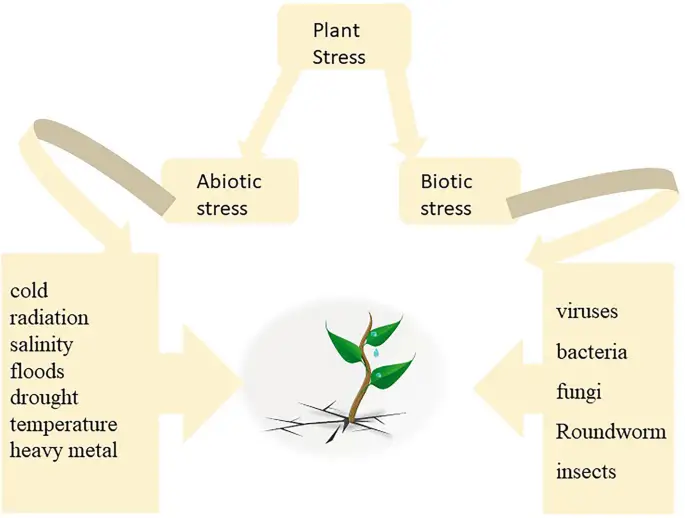
Environmental factors are the most common culprits behind leaf curling. Lemon trees thrive in specific conditions, and any fluctuation can stress them out, leading to curled or distorted foliage.
Insufficient Watering:
Both overwatering and underwatering can cause lemon tree leaves to curl inward. Underwatering leads to dehydration, causing leaves to curl as the tree conserves moisture. On the other hand, overwatering can suffocate the roots, preventing them from absorbing nutrients and resulting in curling leaves.
To prevent this, maintain a consistent watering schedule, ensuring the soil remains moist but well-draining. Checking the top inch of soil before watering can help avoid extremes.
Extreme Temperatures:
Lemon trees are sensitive to temperature extremes. Excessive heat can lead to water loss through transpiration, while freezing temperatures can damage plant cells, both causing leaf curling. If your tree is exposed to scorching sun, provide partial shade during peak hours.
During cold spells, consider covering outdoor trees with frost cloths or moving potted lemon trees indoors to a more stable environment.
Low Humidity:
Lemon trees prefer moderate humidity levels of around 50%. If indoor air is too dry, especially in winter, the leaves may curl inward as the plant struggles to retain moisture. To counteract low humidity, consider misting the leaves, using a humidity tray, or placing a small humidifier nearby to maintain optimal moisture levels.
By carefully managing these environmental factors, you can reduce stress on your lemon tree and prevent leaf curling before it becomes a larger issue.
2. Pest Infestations
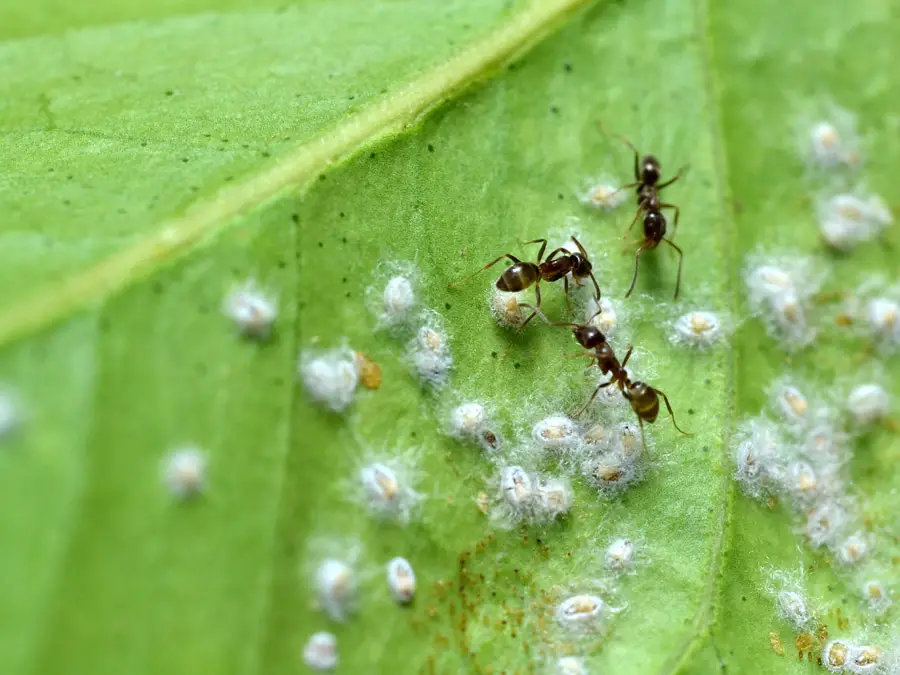
Pests are a common threat to lemon trees, and leaf curling is often an early warning sign. If left unchecked, infestations can weaken the tree, stunt growth, and reduce fruit production. Here are some of the usual suspects:
Aphids:
These tiny, soft-bodied insects suck sap from tender leaves, depriving the plant of essential nutrients. Aphid infestations can lead to distorted growth, curled leaves, and sticky honeydew deposits that attract sooty mold. A strong blast of water, insecticidal soap, or introducing natural predators like ladybugs can help control aphid populations.
Spider Mites:
Spider mites are minuscule pests that feed on the undersides of leaves, causing yellowing, curling, and an overall decline in plant health. Affected leaves may also develop a speckled appearance. In severe cases, you might notice fine, silky webs covering the foliage. Regularly misting your lemon tree and using neem oil or insecticidal soap can keep spider mites at bay.
Leaf Miners:
These pests are larvae that tunnel into leaves, creating winding trails that damage tissue and cause the leaves to curl. The damage weakens the plant, making it more susceptible to other stressors. Pruning and disposing of affected leaves, along with applying organic sprays like neem oil, can help prevent leaf miner infestations.
To keep your lemon tree pest-free, inspect the leaves regularly and take immediate action at the first signs of an infestation. Healthy trees are more resilient to pests, so maintaining proper Lemon Tree Care—including balanced watering, fertilization, and airflow—will help minimize pest problems.
Related Topics:
3. Nutrient Deficiencies
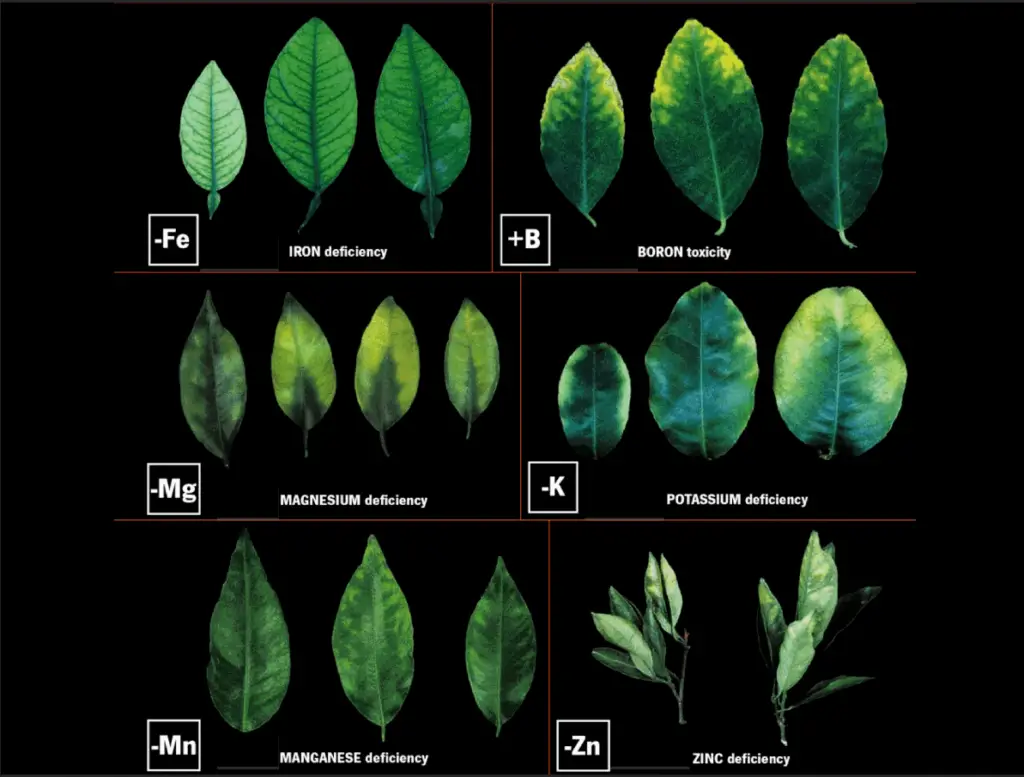
Lemon trees require specific nutrients to thrive, and a deficiency in any of these can result in leaf curling, discoloration, and overall poor growth. Ensuring a balanced fertilizer regimen can help prevent these issues.
Calcium Deficiency:
Calcium is essential for strong cell walls and healthy new growth. A lack of calcium can cause leaves to curl inward, become misshapen, and develop weak, brittle structures. This deficiency is often linked to irregular watering, as calcium moves through the plant via water.
Using calcium-rich fertilizers or adding crushed eggshells or gypsum to the soil can help address this issue.
Nitrogen Deficiency:
Nitrogen is a key nutrient for lush, green foliage. If your lemon tree’s leaves are curling along with turning pale green or yellow, a nitrogen deficiency may be the cause. Since nitrogen is a mobile nutrient, older leaves typically show symptoms first.
Applying a balanced citrus fertilizer or organic compost can help restore proper nitrogen levels and encourage vigorous growth.
Potassium Deficiency:
Potassium plays a crucial role in regulating water movement and hormone balance within the plant. A potassium imbalance or deficiency can disturb hormonal composition, leading to curled, distorted leaves. Additionally, the edges of the leaves may turn brown or scorched.
Using potassium-rich fertilizers, such as potassium sulfate or organic sources like banana peels, can help maintain the right nutrient balance.
To keep your lemon tree healthy, practice good Lemon Tree Care by providing a well-balanced fertilizer, monitoring soil conditions, and ensuring consistent watering. Addressing nutrient deficiencies early can prevent more severe problems and promote lush, vibrant growth.
4. Diseases
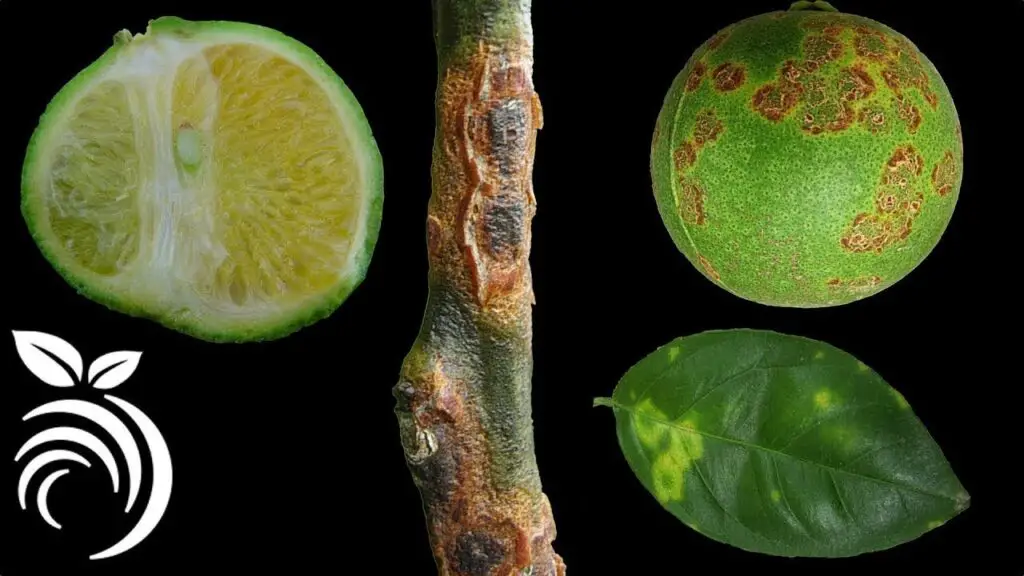
Fungal and bacterial infections can also cause lemon tree leaves to curl inward. If left untreated, these diseases can weaken the tree, reduce fruit production, and even lead to plant death. Early detection and proper Lemon Tree Care can help prevent and manage these issues.
Citrus Canker:
Citrus canker is a bacterial disease that creates raised, corky lesions on leaves, stems, and fruit. Affected leaves may curl, turn yellow, and eventually drop prematurely. This disease spreads through wind, rain, and contaminated tools, making prevention crucial.
Removing and disposing of infected leaves, sterilizing pruning tools, and applying copper-based fungicides can help manage citrus canker.
Root Rot:
Root rot, caused by overly wet soil and poor drainage, prevents the tree from absorbing nutrients and moisture. This leads to leaf curling, yellowing, and overall decline. To prevent root rot, ensure your lemon tree is planted in well-draining soil and avoid overwatering.
If root rot is detected, repotting the tree with fresh, well-draining soil and trimming affected roots can help save the plant.
Proper disease management, including good airflow, proper watering, and regular inspections, will help keep your lemon tree healthy and resilient against infections.
How to Fix Lemon Tree Leaves Curling?
Once you identify the cause, you can take targeted action to restore your tree’s health and prevent further stress. Proper Lemon Tree Care will ensure strong, vibrant growth and an abundant fruit yield.
1. Optimize Watering
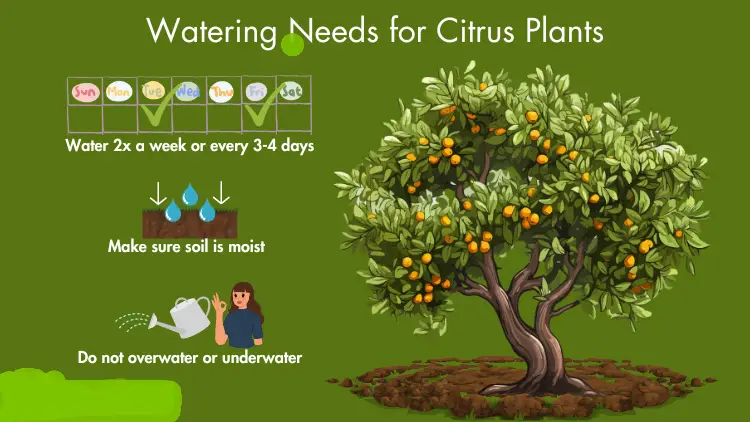
Avoid Overwatering:
Allow the top 2-3 inches of soil to dry out before watering again. Ensure your pot or planting area has excellent drainage to prevent waterlogging, which can lead to root rot. Using a well-draining soil mix and adding perlite or sand can improve aeration.
Combat Underwatering:
Water your tree deeply and consistently, especially during hot or dry periods. Keep an eye on the soil to ensure it remains slightly moist but not soggy. A layer of organic mulch around the base of the tree can help retain moisture and regulate soil temperature.
Proper watering habits will help maintain a healthy root system and prevent leaf curling caused by moisture stress.
2. Maintain Ideal Environmental Conditions
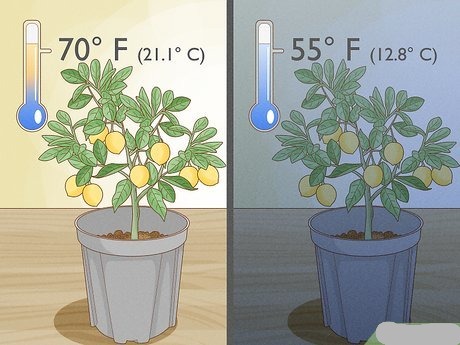
Temperature:
Keep your lemon tree in a spot where temperatures range between 55°F and 85°F for optimal growth. Sudden temperature fluctuations can stress the tree, causing leaf curling. If you have a potted lemon tree, bring it indoors during cold spells but place it near a sunny window or under grow lights to ensure it still receives enough light.
Humidity:
Lemon trees thrive in moderate humidity levels of around 50%. If indoor air is too dry, especially in winter, increase humidity by using a humidifier, misting the leaves occasionally, or placing a tray of water with pebbles nearby to create a moisture-rich environment. Proper humidity helps prevent leaf curling and keeps the foliage lush and healthy.
By maintaining stable temperatures and humidity levels, your lemon tree will remain stress-free and better equipped to resist environmental stressors.
3. Pest Control
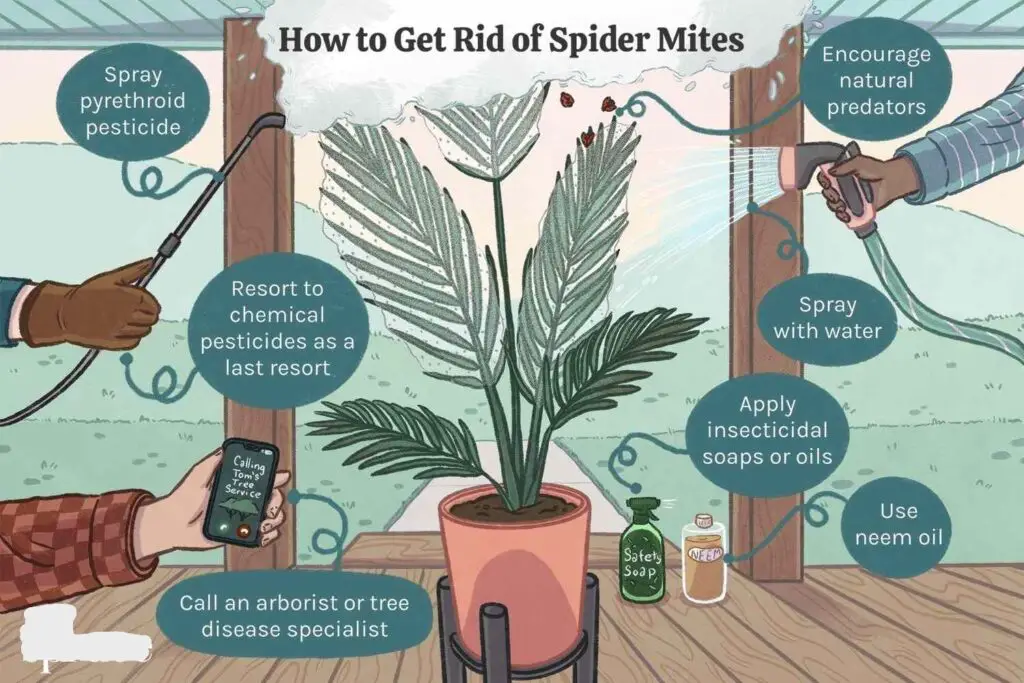
Aphids and Spider Mites:
These sap-sucking pests weaken the tree and cause leaf curling. Use a neem oil spray or insecticidal soap to eliminate them. Apply every 7-14 days as needed, ensuring you spray both the tops and undersides of the leaves. Introducing beneficial insects like ladybugs can also help keep aphid populations in check.
Leaf Miners:
These pests tunnel into leaves, creating winding trails and leading to curling or distorted growth. Prune affected leaves to reduce the infestation and prevent the larvae from spreading. For long-term management, consider organic pest control products like spinosad-based sprays, which specifically target leaf miners without harming beneficial insects.
Regularly inspecting your lemon tree and taking quick action at the first sign of pests will help keep infestations under control and protect the tree’s health.
4. Address Nutrient Deficiencies
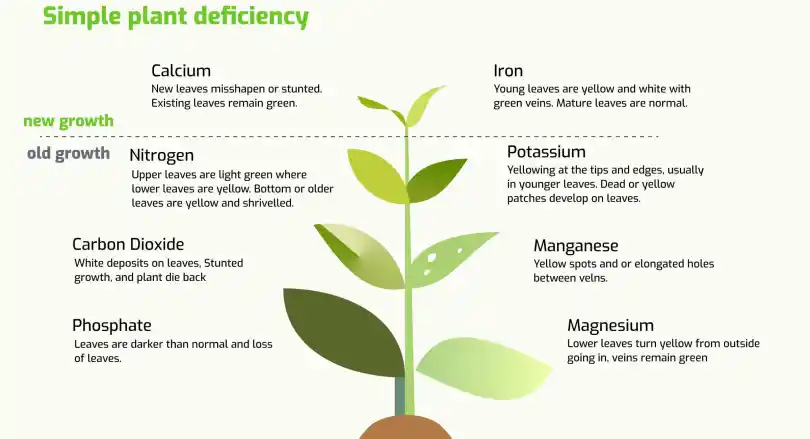
Calcium:
Strengthens cell walls and prevents leaf curling. Apply a calcium-rich fertilizer or use soil amendments like gypsum, crushed eggshells, or agricultural lime to boost calcium levels. Ensure consistent watering, as calcium moves through the plant via water.
Nitrogen:
Essential for lush, green foliage. Apply a nitrogen-rich fertilizer specifically formulated for citrus trees, following the recommended schedule. Organic options like composted manure or fish emulsion can also help restore nitrogen levels.
Potassium:
Plays a key role in water regulation and hormone balance, preventing leaf curl. Monitor potassium levels and use potassium sulfate or organic sources like banana peels or wood ash to supplement any deficiencies.
Providing balanced nutrients through proper Lemon Tree Care will ensure strong, healthy growth and prevent nutrient-related leaf curling.
5. Combat Diseases
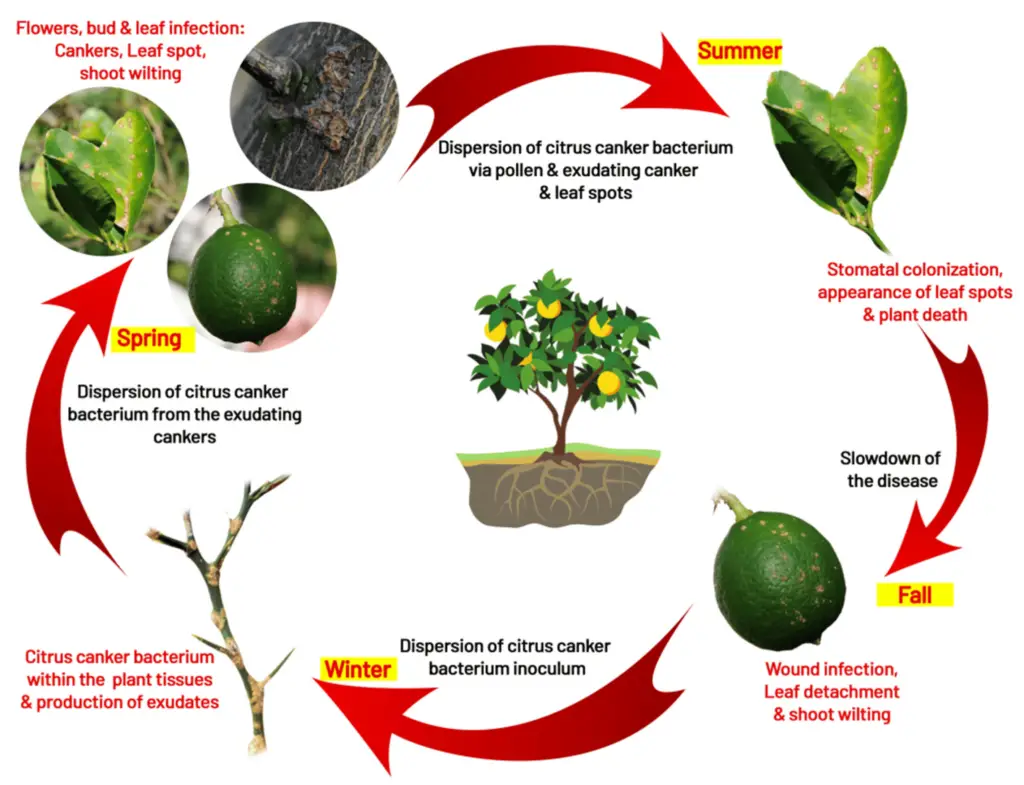
Citrus Canker:
This bacterial disease causes raised lesions on leaves, leading to curling and premature leaf drop. Remove and discard infected leaves promptly to prevent the spread. Sterilize pruning tools after each cut to avoid contamination. Apply a copper-based fungicide as a preventative measure, especially during humid or rainy conditions.
Root Rot:
Caused by waterlogged soil, root rot prevents the tree from absorbing nutrients, leading to curling leaves and overall decline. Improve drainage by using a well-draining soil mix and ensuring the pot or planting area has proper drainage holes. If root rot is severe, repot your tree in fresh soil, trimming away any affected roots.
Reduce watering frequency and allow the soil to dry slightly between waterings to prevent further damage.
By keeping an eye on early disease symptoms and practicing proper Lemon Tree Care, you can prevent and manage these issues before they cause significant harm.
Preventing Lemon Tree Leaf Curl in the Future
Prevention is the best cure when it comes to leaf curling. By maintaining proper Lemon Tree Care, you can keep your tree healthy and thriving. Follow these essential tips:
- Regular Monitoring: Inspect your lemon tree weekly for pests, diseases, and signs of stress. Early detection allows for quick intervention, preventing severe damage.
- Appropriate Fertilization: Feed your tree with a balanced citrus fertilizer that provides essential nutrients, including nitrogen, potassium, and calcium. Follow a seasonal feeding schedule to support vigorous growth.
- Adequate Light: Lemon trees need at least 6-8 hours of direct sunlight daily. If grown indoors, place them near a bright, south-facing window or supplement with grow lights if necessary.
- Proper Pruning: Remove dead, diseased, or infested leaves to enhance airflow and sunlight penetration. Pruning also encourages new growth and helps maintain the tree’s shape.
- Consistent Care: Stick to a regular watering and fertilizing routine to avoid stress-related issues. Water appropriately, maintain proper humidity, and provide a stable environment to promote healthy foliage.
By following these preventative measures, you can minimize the risk of leaf curling and enjoy a lush, productive lemon tree year-round.
Revive Your Lemon Tree Today
Lemon tree leaves curling inward might seem like a daunting problem, but with the right care and attention, you can nurse your tree back to health. By addressing environmental factors, pest infestations, nutrient deficiencies, and diseases, your lemon tree can regain its strength and vitality.
With proper Lemon Tree Care, your tree will continue to thrive, produce fragrant blossoms, and yield juicy fruits for years to come. Stay consistent with monitoring, watering, fertilization, and pruning, and your lemon tree will reward you with lush, healthy growth.
Start implementing these care tips today and watch your lemon tree flourish!
FAQs:
1. Why are my lemon tree leaves curling inward?
Lemon tree leaves curl inward due to environmental stress, pests, nutrient deficiencies, or diseases. Overwatering, underwatering, extreme temperatures, aphids, or fungal infections can all contribute to leaf curling. Identifying the cause early helps prevent further damage.
2. How do I fix curled leaves on my lemon tree?
To fix curled leaves, optimize watering, maintain ideal temperature and humidity, apply balanced citrus fertilizer, and check for pests or diseases. If pests are present, use neem oil or insecticidal soap. For nutrient deficiencies, feed your tree with the appropriate fertilizer.
3. How can I prevent my lemon tree leaves from curling in the future?
Prevent leaf curling by providing consistent Lemon Tree Care—monitoring for pests, fertilizing properly, ensuring 6-8 hours of sunlight, pruning dead leaves, and maintaining regular watering and humidity levels. Proper care keeps your tree healthy and thriving.
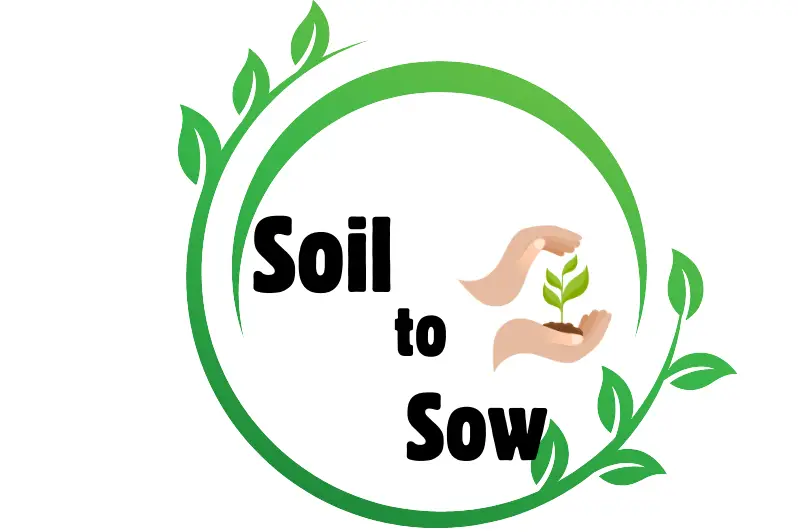
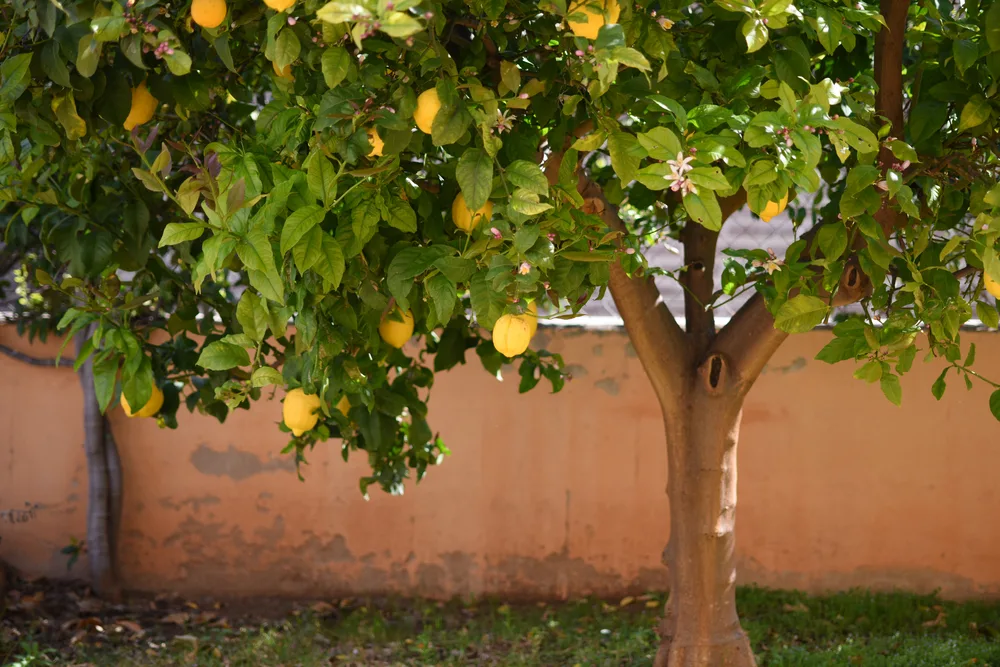
2 thoughts on “Lemon Tree Leaves Curling Inward: Causes and Solutions!”